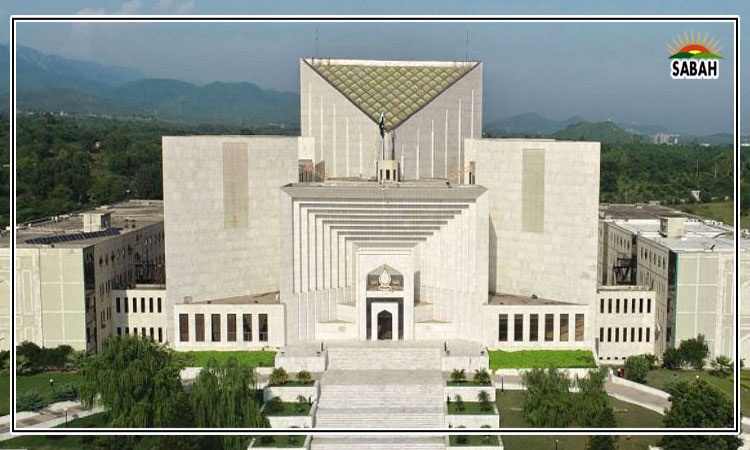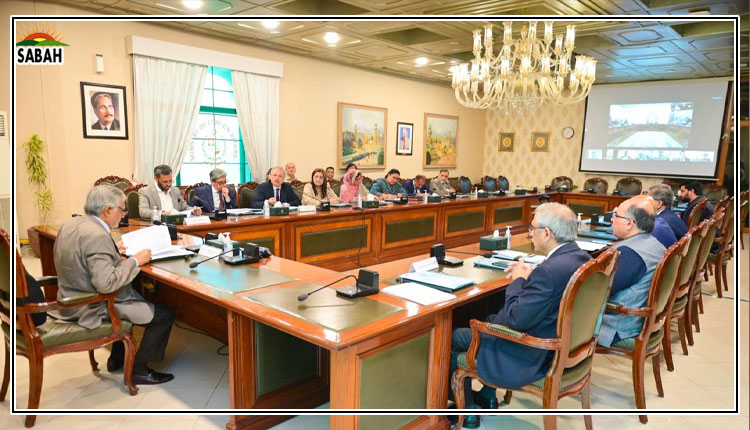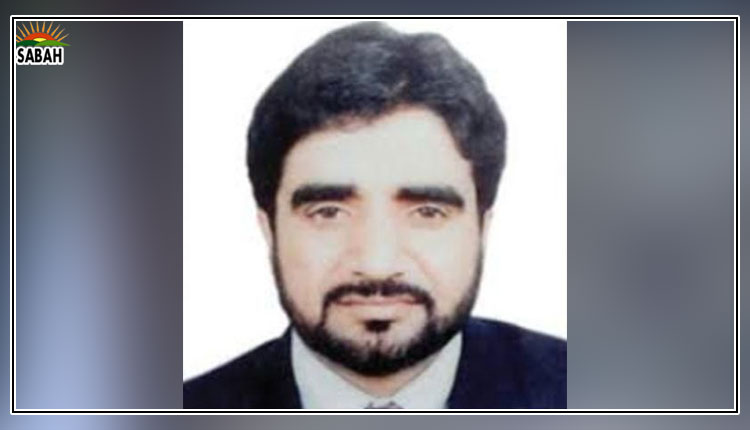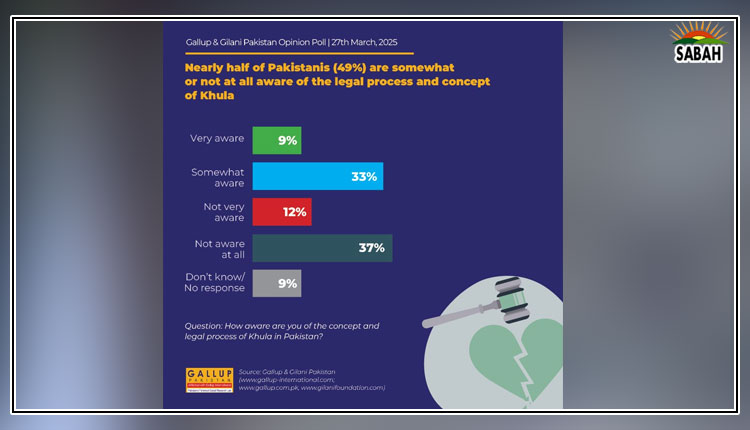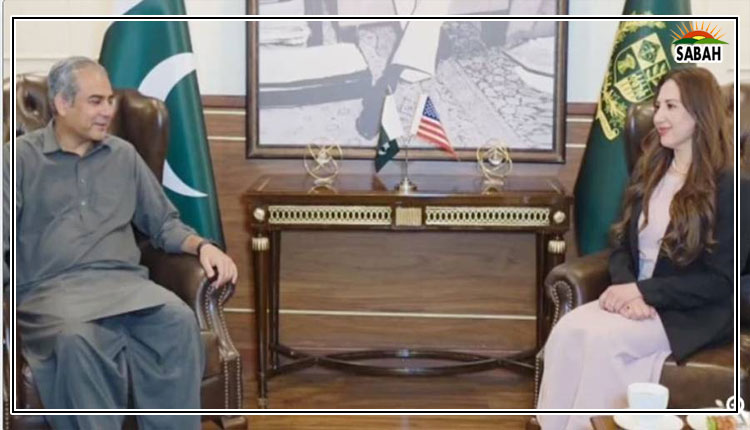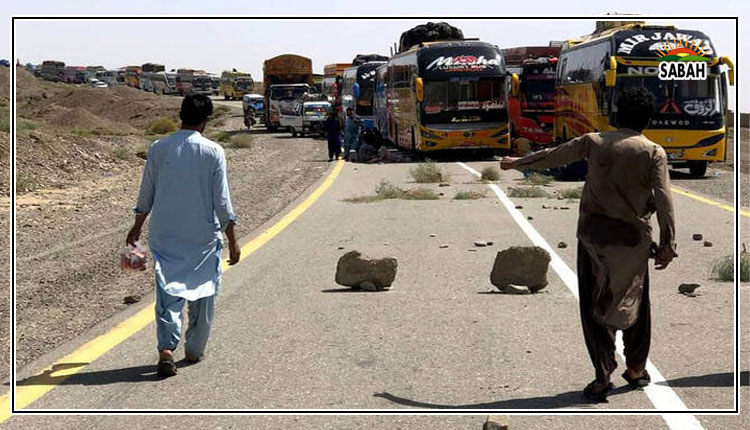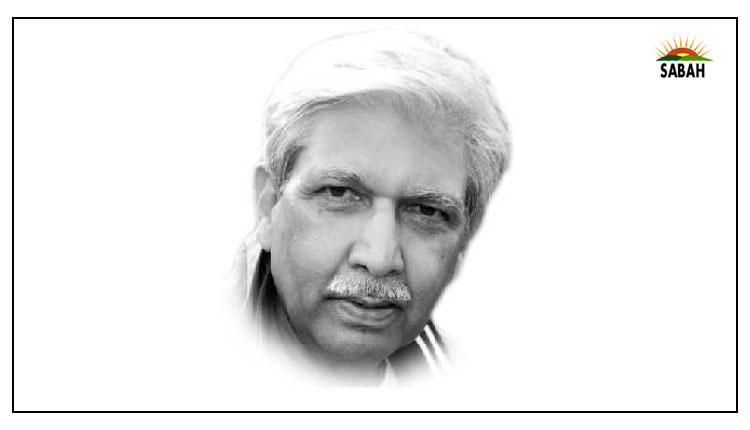Is Pakistan ungovernable?….. Shahzad Chaudhry
We normally tend to attribute failure to ineptitude and incompetence or a lack of will and purpose. Mostly, a failure will include some or all these inadequacies. But to consistently fail under all prescriptions and compositions is to impute that any, and all, combinations failed to harness the inherent capacity and the capability which could deliver success. Tested over decades this conclusion should seem barely admissible. A somewhat robust if intermittent political system, now a constitutional sine qua non, under any composition has always fallen short of delivering adequately. It must be something else, not merely ‘in our stars’, or a less than ideal democracy or a corrupt and a compromised power elite. (Corruption is a by-product of inefficient governance not the cause of it, though beyond a certain point the two feed off each other.) When every trick in the book fails it is time to go back to the drawing board.
The fault is in conception of the model of governance or its composite tools. Our default logic is to view the first ten years of country’s dysfunction as a prelude mirrored in the next 65 under the cloister of weak or compromised democracy around external triggers. While a stuttering democracy there were enough periods of prolonged civilian rule, nominally democratic, which equally failed with matching magnificence to move the nation forward on the scale of progress as a society and an economy. Corruption, lack of meritocracy, nepotism, and personal and tribal gain may be at the root of such failure but an inability to rectify these for political and electoral benefit has hurt the republic far worse. Each has, thus, bided time to keep the façade going milking the inadequacies instead for personal and familial gain. It’s not democracy or the lack of it, stupid.
The 1956 Constitution was based on a structure of two wings separated by about 1000 miles of hostile territory in between. A first, it was unique in formulation as a geographical entity which needed to stand the test of time to determine its efficacy and sustainability. A common religion was superimposed with vastly different socio-cultural norms and value system and an ethos which emerged from such unique combination. The population was 42 million, of which 23 million formed the eastern wing. Today just what was the western wing of the country then, Pakistan, has a population of over 240 million. The mere weight of this mass can literally destabilise a structure. East Pakistan, now Bangladesh, carries her own weight of some 170 million laudably.
Politically hence, since the struggle for Pakistan was launched in two parts of a common country it was tied in a political contract which determined common approach and pathways to shared nationhood. Its geographic peculiarity, superimposed with varying ethno-cultural determinants, would have been duly challenged in time. Similarly, an exploding population to the levels that it subsequently touched in a state which was physically divided in two would have only meant that either absolute delegation of authority and resource or a conjugal separation were the only practical options left to govern the two to any effect. A unitary and centralised control was impractical. The idea for a confederation may have existed but arrogance and inability to look beyond party-political and tribal interests precluded consideration. East Pakistan was lost.
Today’s Pakistan carries the baggage of the same fear and inherited misconception. The 1973 Constitution built heavily on the 1956 Constitution which was formulated under a different set of socio-political determinants and geographical compulsions. Parliamentary democracy was the touchstone of the new nation borrowed from the tradition of British masters. Loss of the eastern wing gave cause to sensitised provincialism which became the guiding mantra and a perceived vulnerability as the nation struggled to fight off the demons of a military defeat and a loss of half its territory.
A federation of four component provinces was thus the only structure considered pertinent as deemed in the 1956 Constitution. One-Unit stood as a symbol of failed political conception with the blame lain most conveniently at military’s door absolving others from philosophical introspection. Provincialism soon began to border on parochialism in political play. The 18th Amendment literally sealed the balance of power in favour of the provinces. The Centre was left bereft of any significant influence. Perhaps there will not be a recourse. Such is the sensitivity attached to the fortress mindset and the fiefdom created by political hegemons.
When Bilawal Bhutto cries for a level playing field, he complains of how the electoral structure is heavily tilted in favour of one province alone — Punjab. With 148 electoral constituencies, in comparison with 124 for the rest of the three provinces, means if a party has no footing in Punjab, it can almost forget to ever hold a majority in the National Assembly. Unless of course Punjab is very fiercely contested between two or three players which will divide the vote and the seats between the three, enabling another party from another province to forge a coalition at the Centre. This is a structural issue which cannot be resolved with any amount of goodness and reassurance. It needs structural remedies not meaningless appeals for fair play.
There are other issues too. The provinces are too huge to run. The population has literally exploded in each of those and spread far and wide to remotest towns and hamlets leaving its own sense of inattention and alienation. Left to lower level of government employees in the absence of a robust local government there is no check on how these remote parts are governed — Balochistan is one-third the size of Pakistan. Inattention, ineptness, inefficiency, incessant corruption and wastage if not pilferage of precious resource marked for these regions is eaten away without check and remorse. Pakistan must kinetically battle this eminent sense of deprivation as those alienated take up arms for their perceived rights. Baloch insurgency and a growing Pashtun alienation become easy points of coagulation resulting into ethnic unease.
A different set of determinants call for a new social contract and a new political structure which can appease growing dissatisfaction. All administrative units, 39 of them, need to be made component states to form a more balanced federation. The federal courts or appeal courts can be accordingly devised with minimal raisings to meet certain types of emergent litigation. The representative nature in the Centre can be suitable formulated to give appropriate representation of electoral seats. State governments can be delegated all powers of provinces with their own state assemblies. This will bring governance closer to every doorstep leveling the field for all, not just Bilawal Bhutto. Are Bilawal and Dad Zardari ready to divvy up Sindh? This will answer all questions. We know how to get there. Whether we do depends on our sense of democratic egalitarianism and concern of the common man.
Courtesy The Express Tribune, September 22nd, 2023.



